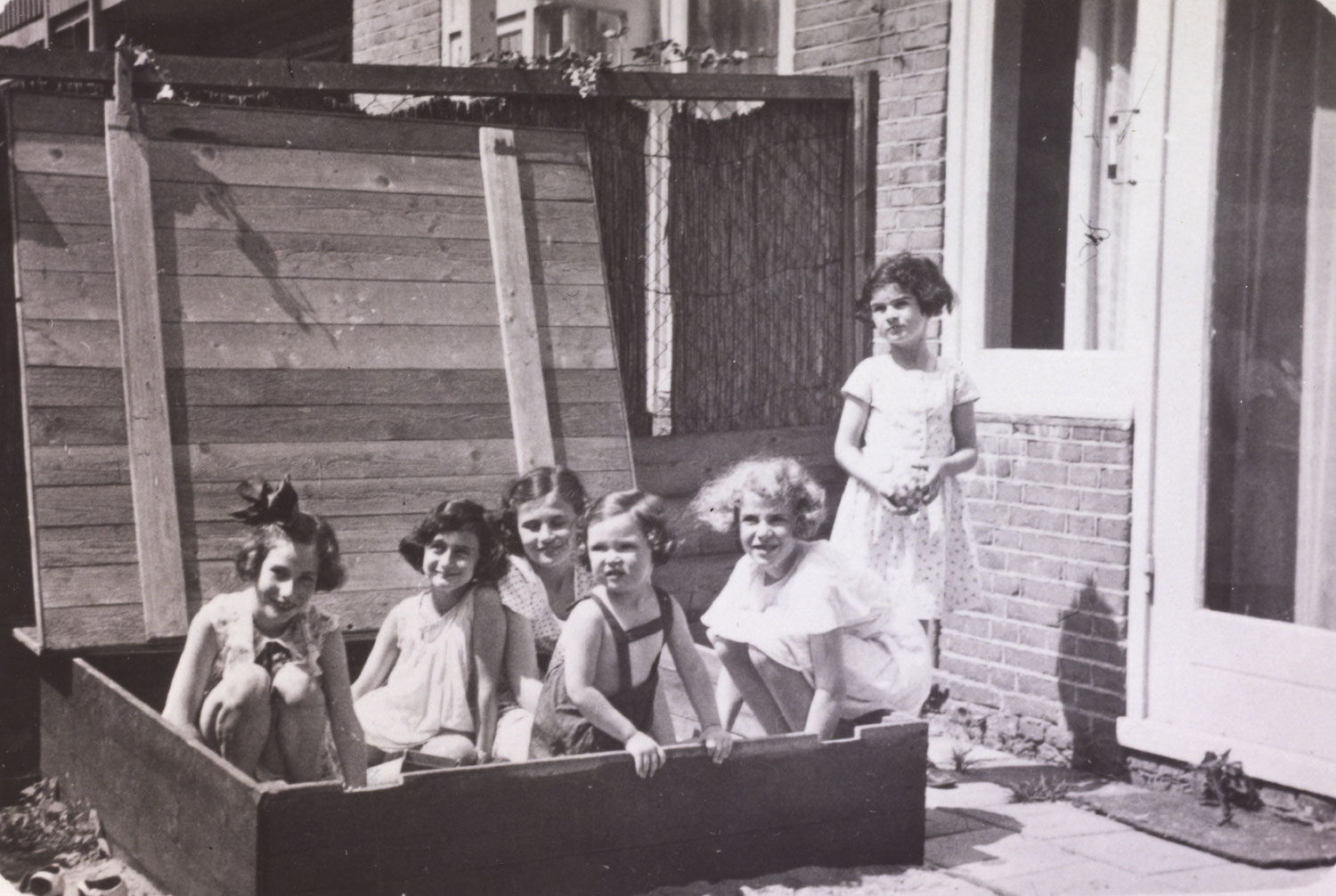
Some stories, in their telling, are so hard to believe and, at their end, are so hard to bear that—if they were not historically, demonstrably real—readers might be forgiven for dismissing them as over the top; stranger than fiction; too fanciful, and dreadful, by half.
And yet anyone who has made it past, say, the eighth grade in virtually any school system anywhere in the world knows at least the rudiments of Anne Frank‘s indelible story—and what’s more, knows it to be true.
The narrative elements that form the framework of Anne’s Diary of a Young Girl are as prosaic and as grotesque as those that animate the darkest fairy tales.
A young girl, wise and compassionate beyond her years, and her family go into hiding in Amsterdam during the Second World War, desperate to evade the Nazis who occupy their adopted country; the girl and those in hiding with her are eventually betrayed (by a person or persons still, to this day, unknown) and are sent to concentration camps; most of her former companions die—or rather, are murdered by Nazis and their willing proxies—along with millions of other Jews and “undesirables” in the coming years; Anne Frank herself is only 15 years old when she dies at Bergen-Belsen in March 1945—one month before Allied troops liberate the camp.
These and other wrenching elements of Anne’s tale, imparted in the clear, unsentimental prose of her famous diary, are now integral markers in the shared memory of disparate cultures all over the world.
Here, decades after the Frank family went into hiding, LIFE commemorates Anne’s unconquerable spirit—and bears witness to the suffering unleashed by the Third Reich—through the story of one seemingly incongruous photograph: a picture of children playing in a sandbox in Amsterdam in 1937.
LIFE magazine set the scene, and explained the significance of the sandbox photograph, in its October 12, 1959, issue:
The snapshot . . . adds a fascinating footnote to the Anne Frank legend. LIFE photographer Paul Schutzer found it when he was thumbing through a family album in the home of Maryland friends. “One familiar face caught my eye,” he recalls, “and I realized it was Anne Frank.”
His hostess, Mrs. Barbara Rodbell, who is in the snapshot, told him it had been taken by her mother in Amsterdam in 1937. She had heard from most of the other girls since the war and, with her help, Schutzer set out to track them down. One had died, like Anne, in a concentration camp—Barbara’s own sister, Susanne. On a 21,000-mile journey, Schutzer found the three others and recorded their lives 22 years after the snapshot.
Each of the women is now happily married and raising children. Meanwhile their childhood friend’s fame continues to grow. Her “Diary” has now sold 3.5 million copies. . . . [Note: Today that number has grown to more than 30 million copies.— Ed.] Mrs. Rodbell, living now in contented obscurity, feels that, for most of the girls in the snapshot at least, a remark from one of Anne’s last entries has come true: “I think that it will all come out all right, this cruelty too will end and that peace and tranquility will return again.”
Seven decades after Anne Frank and her family crept into their now-famous annex, and more than three-quarters of a century after a mother took a picture of her daughters and their friends playing in the sun in a small backyard in Amsterdam, LIFE.com offers these photographs—many of which never ran in LIFE magazine—made by Paul Schutzer during his deeply personal 21,000-mile trek into the past.
Liz Ronk, who edited this gallery, is the Photo Editor for LIFE.com. Follow her on Twitter @lizabethronk.
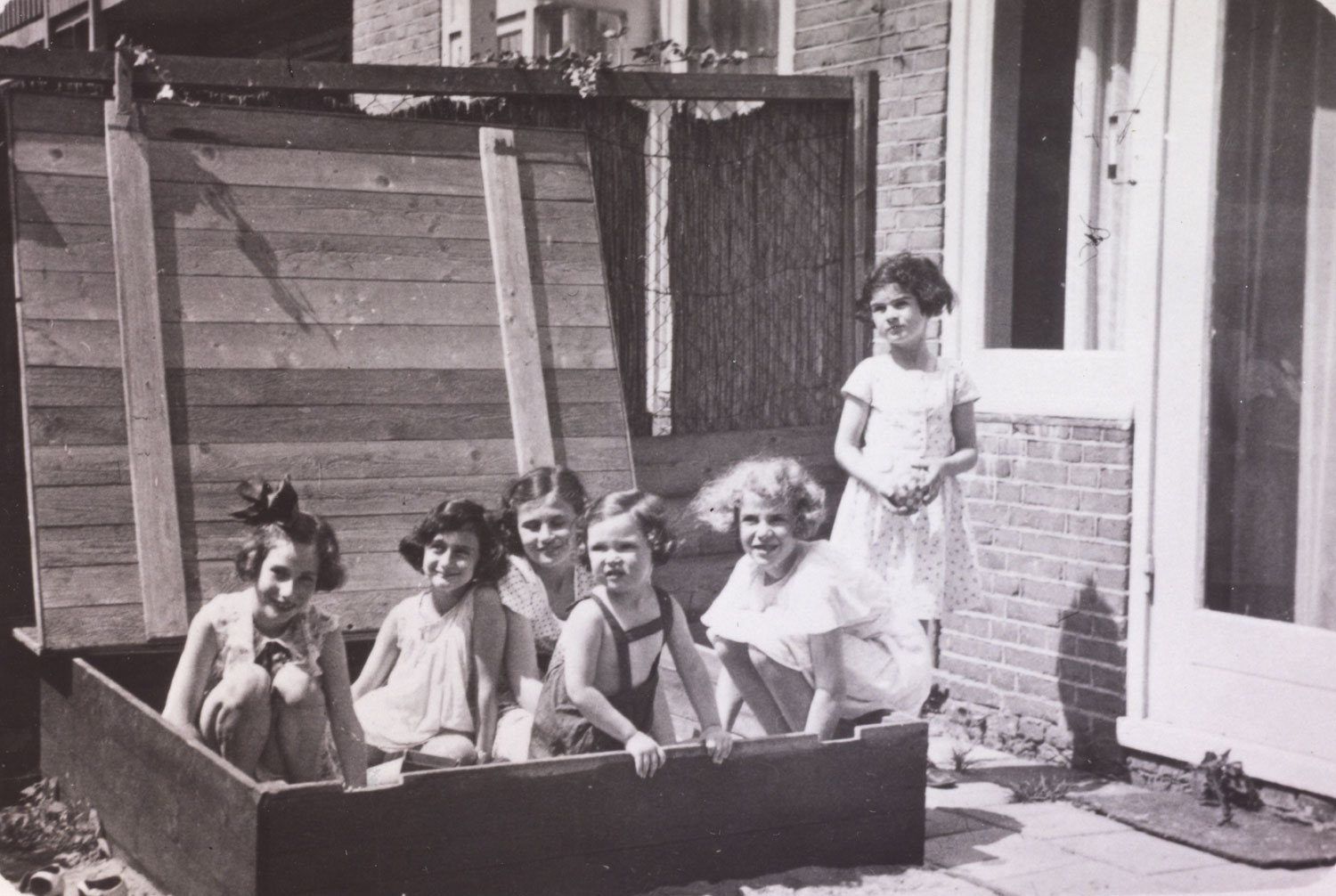
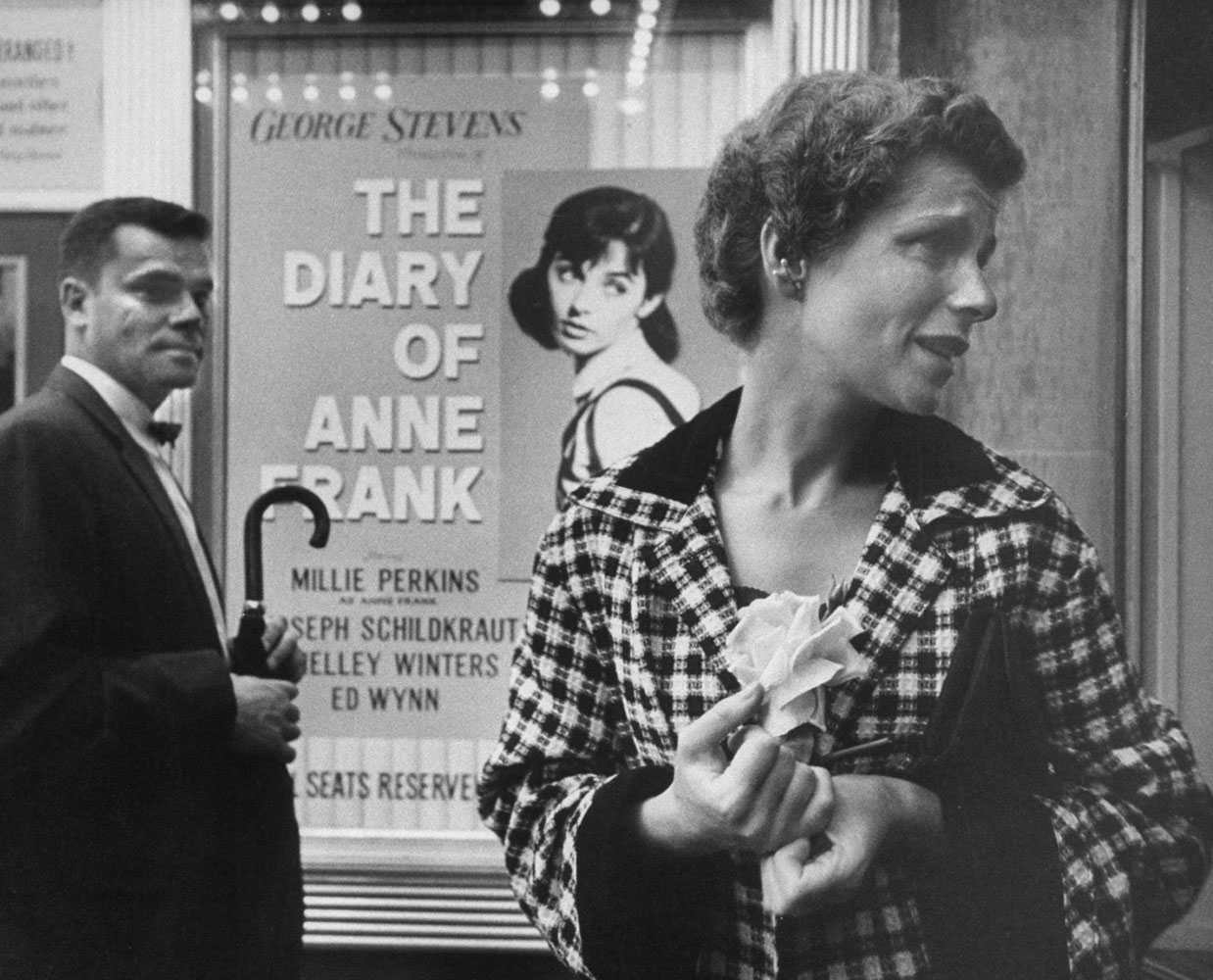
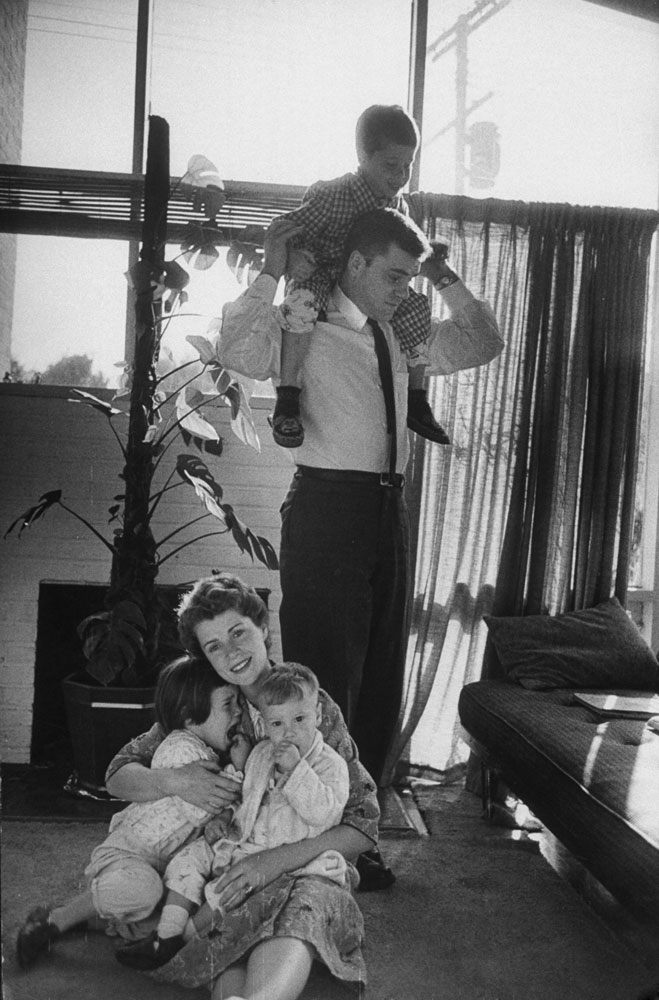
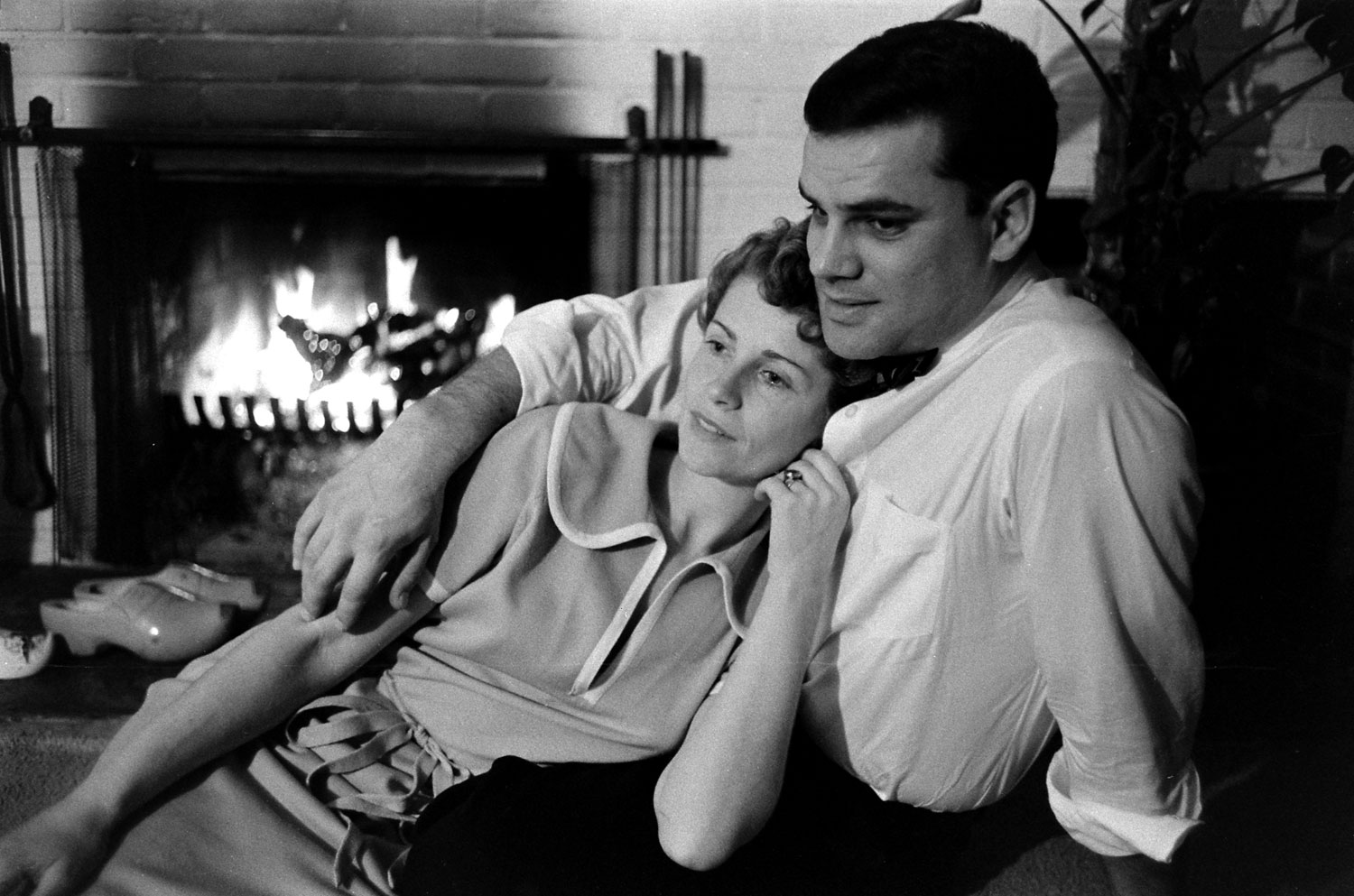

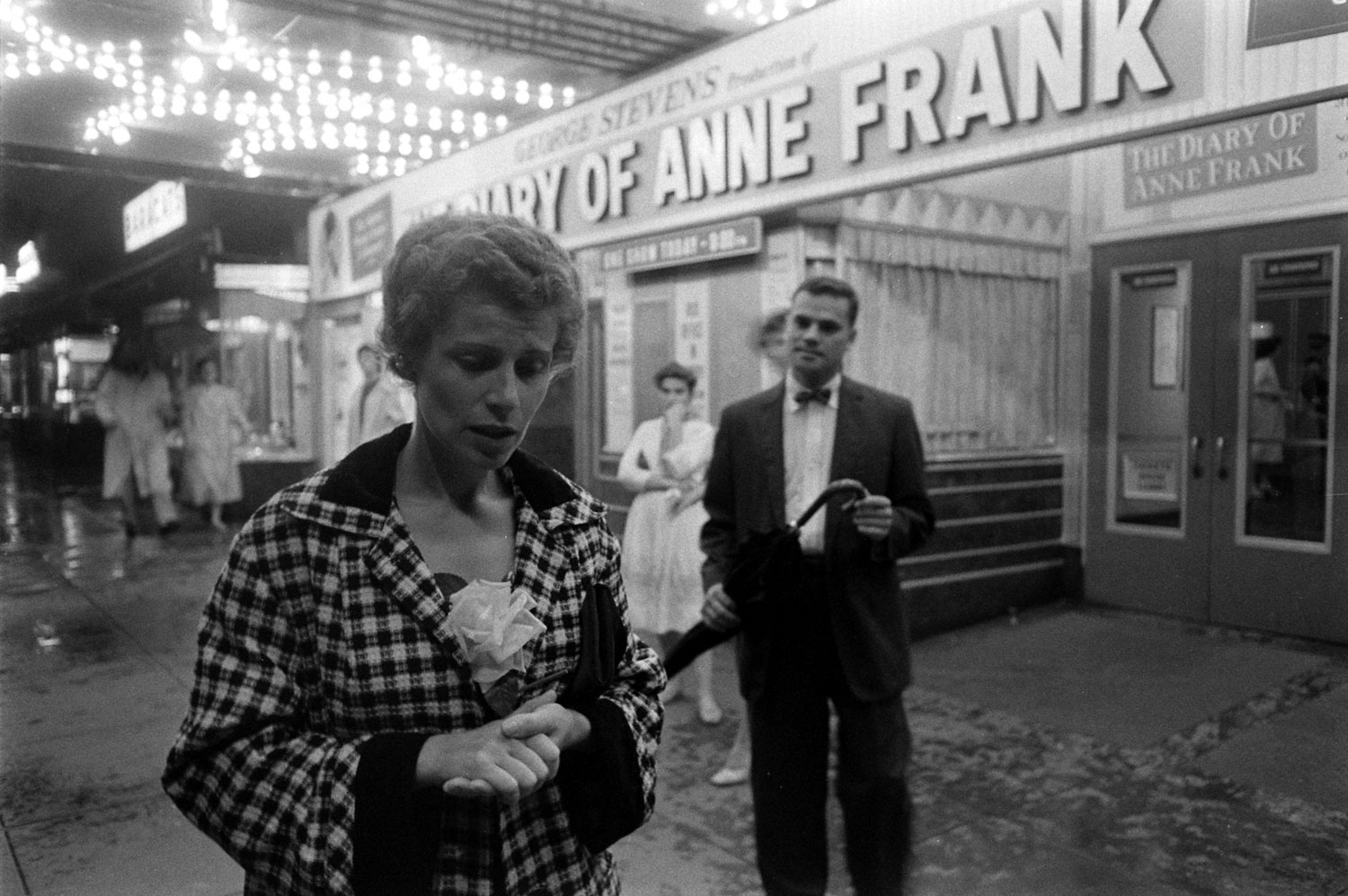
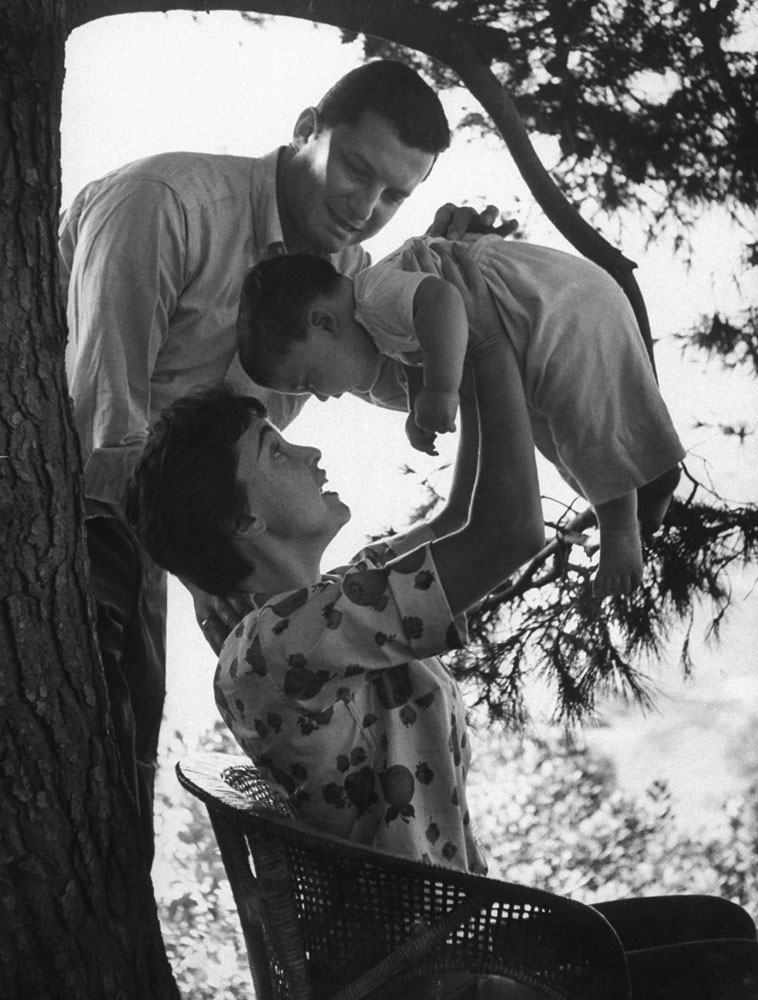
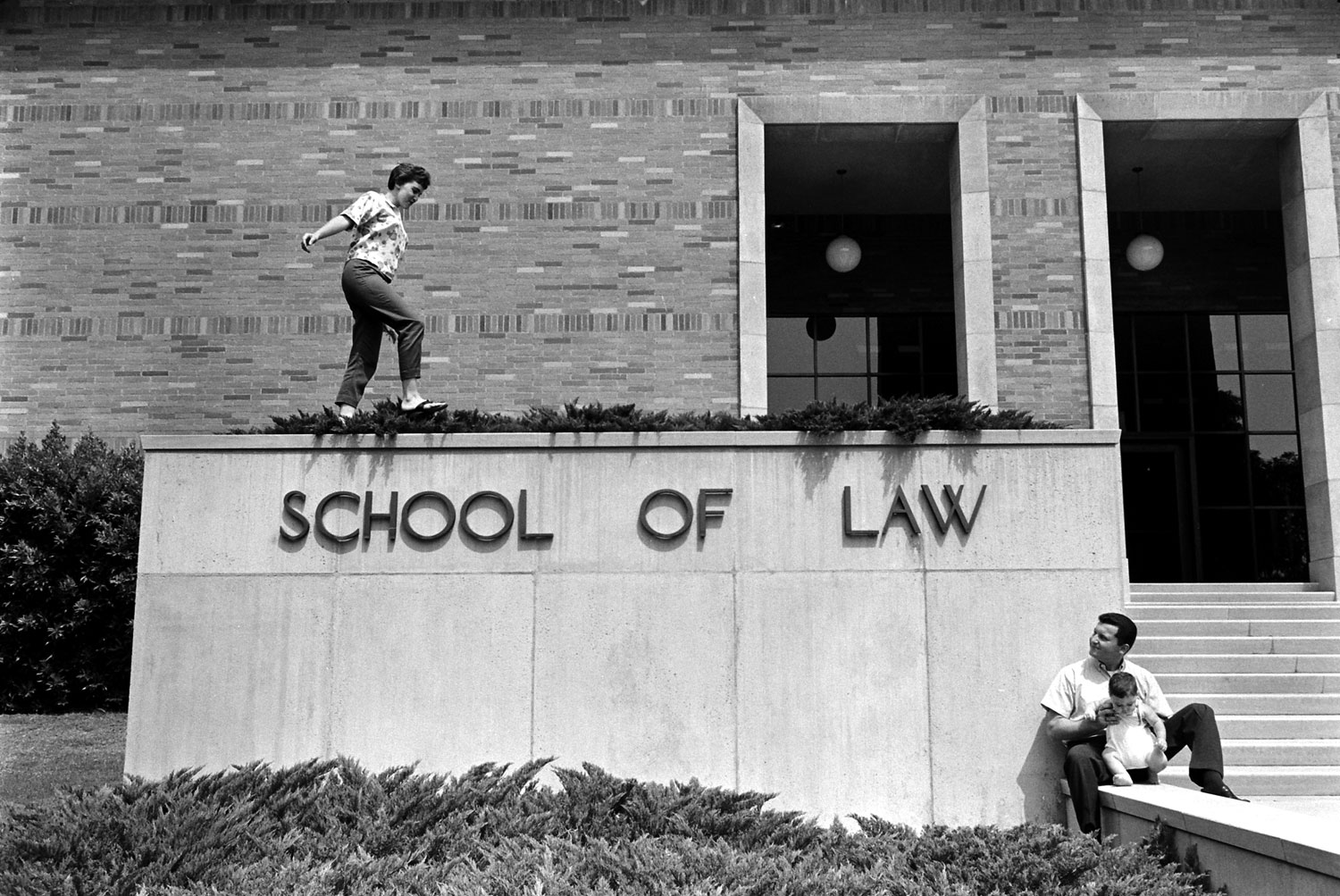
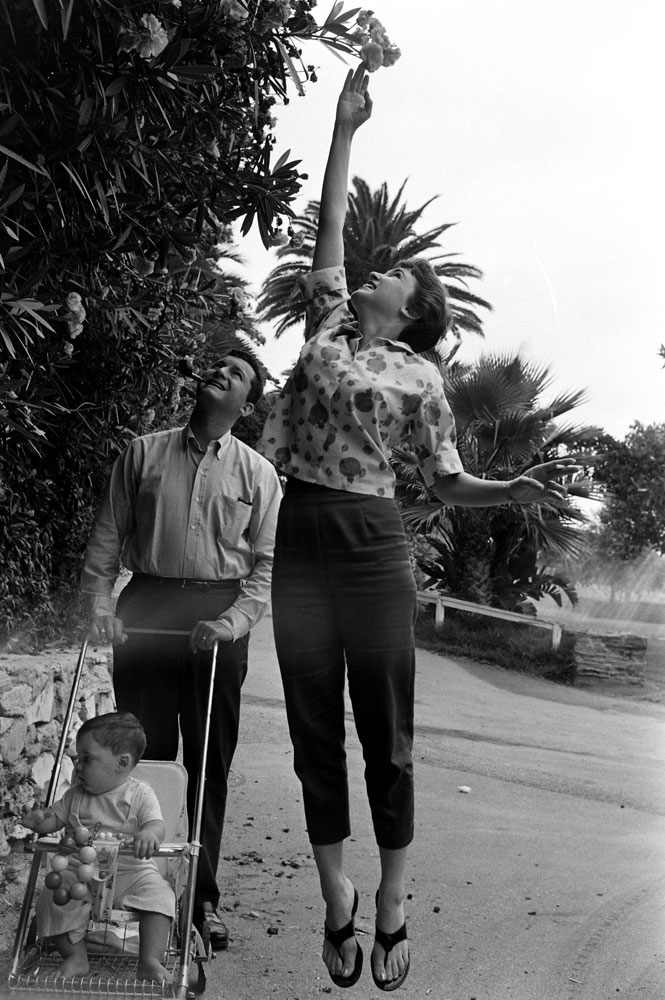
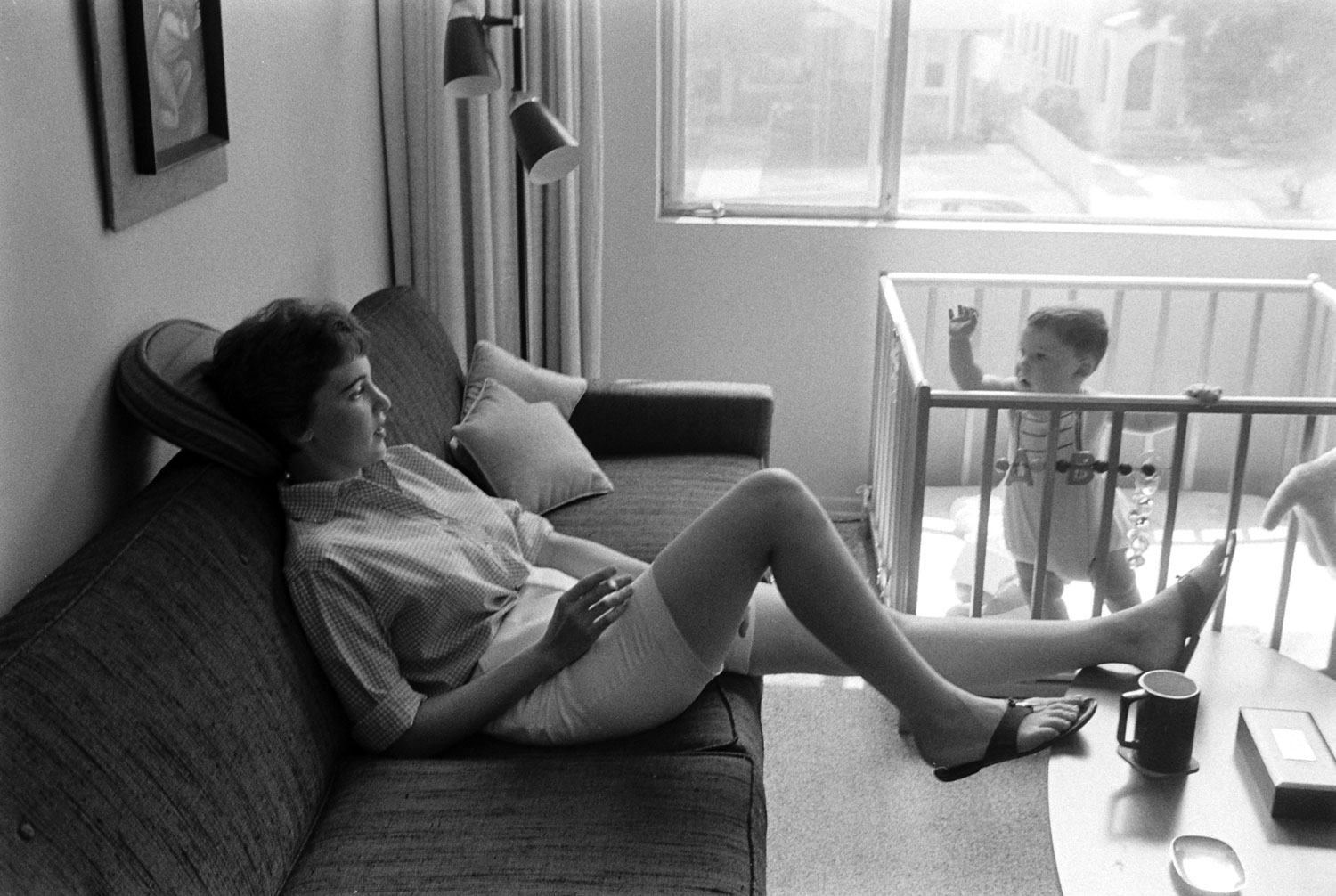

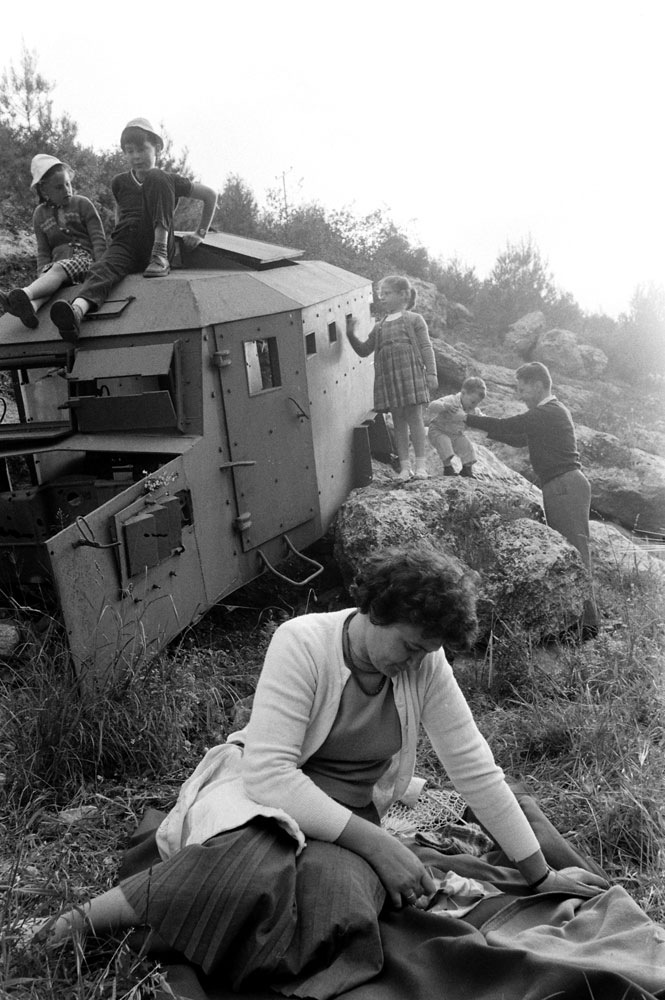
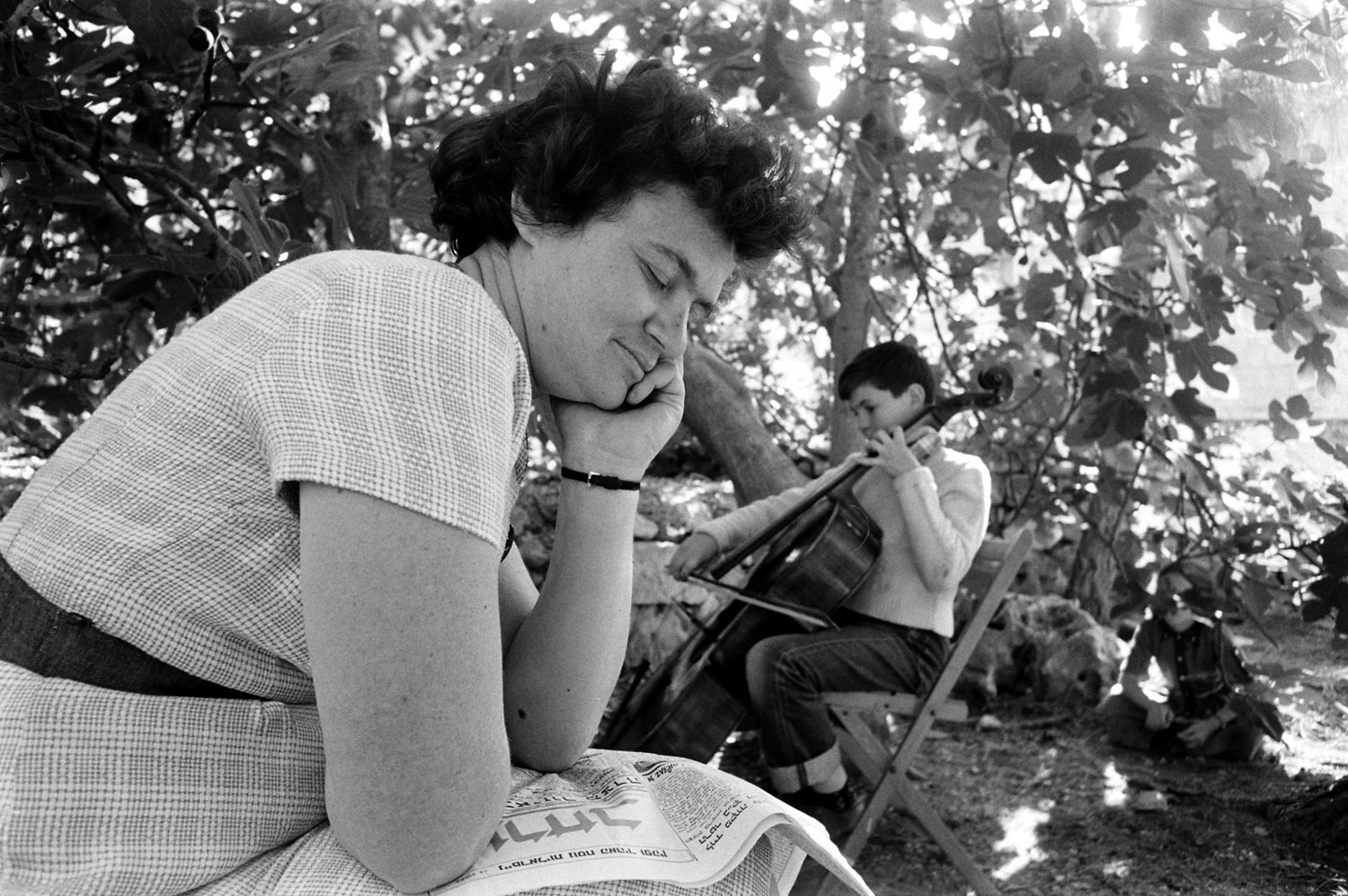

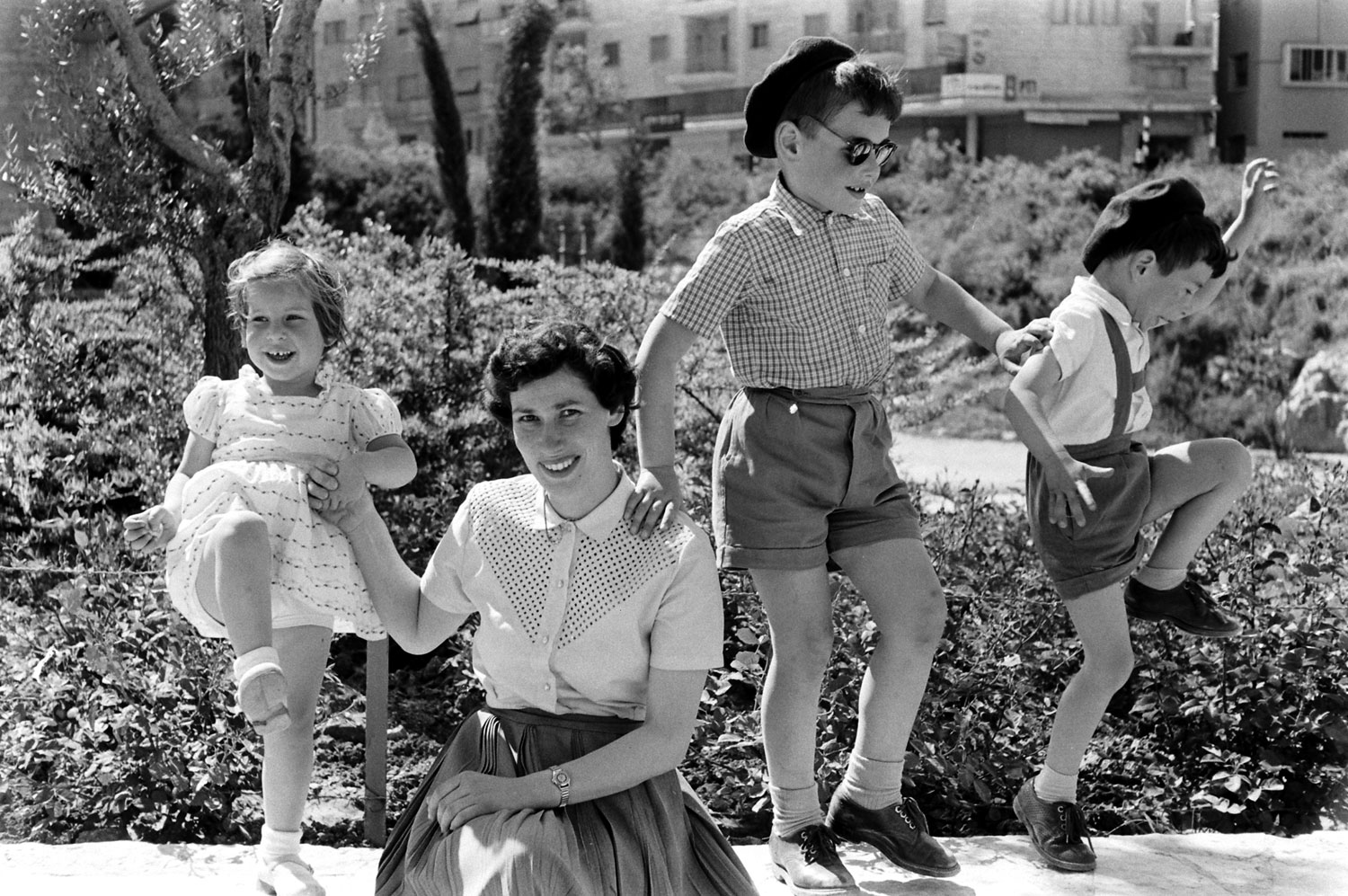
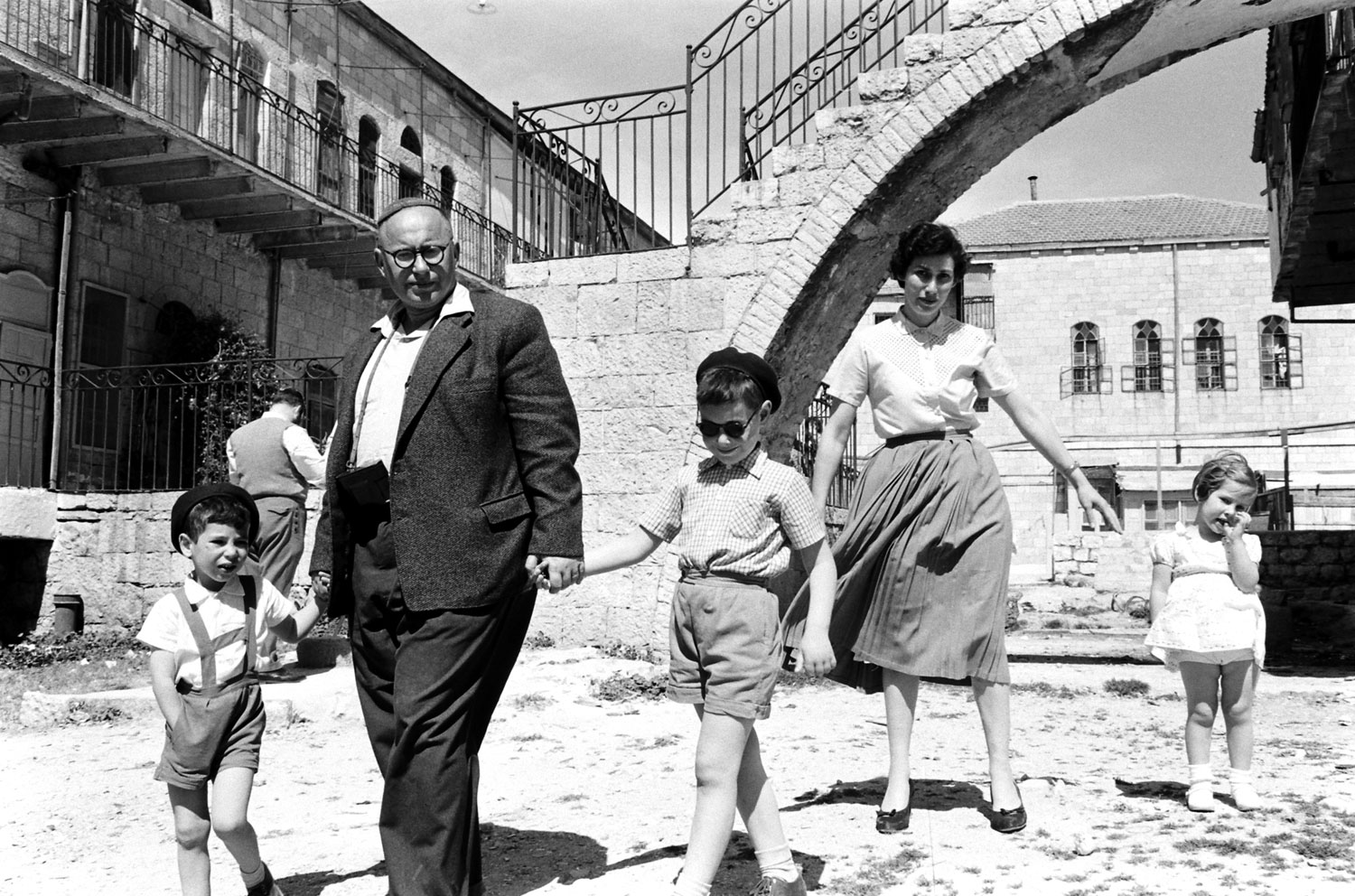

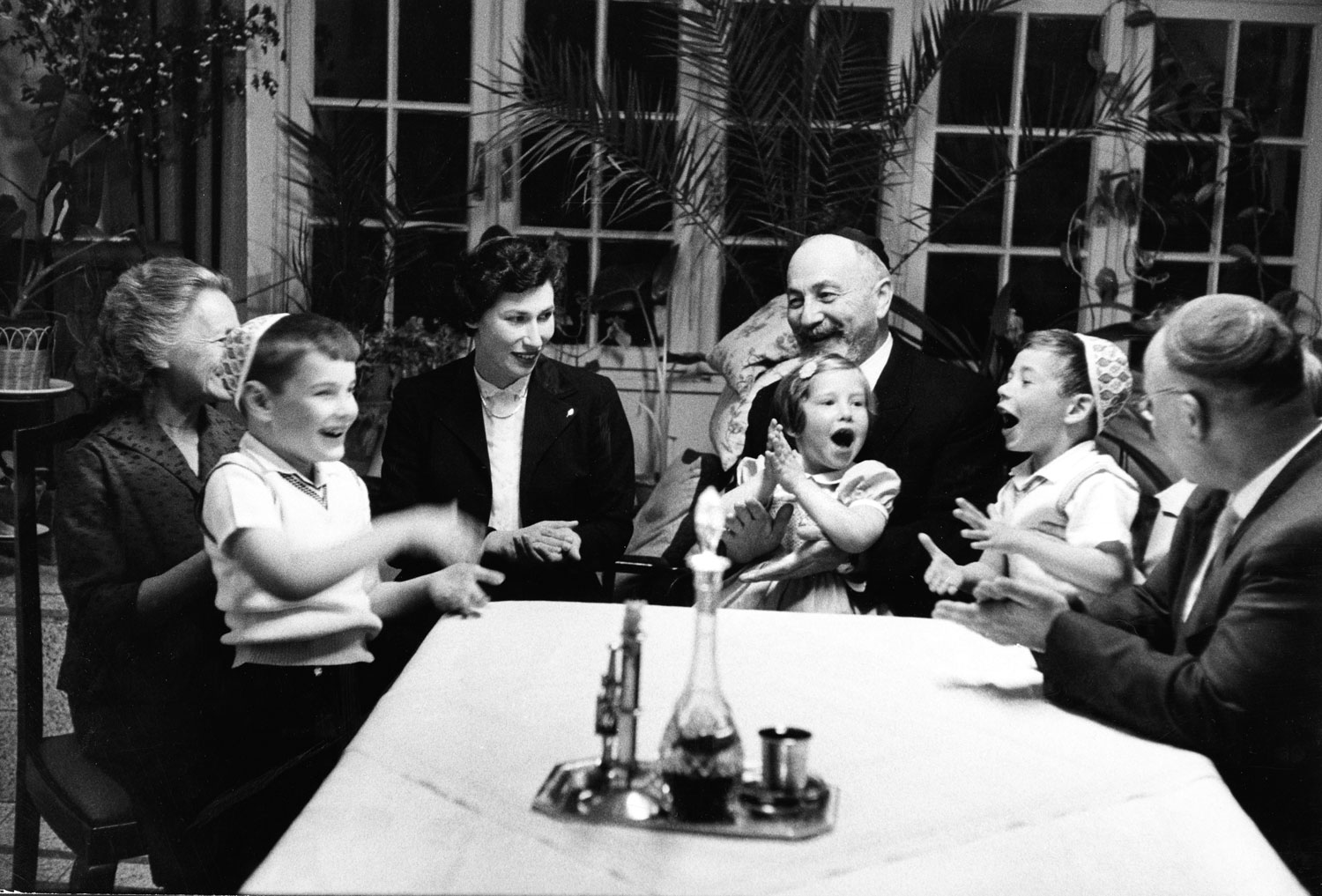
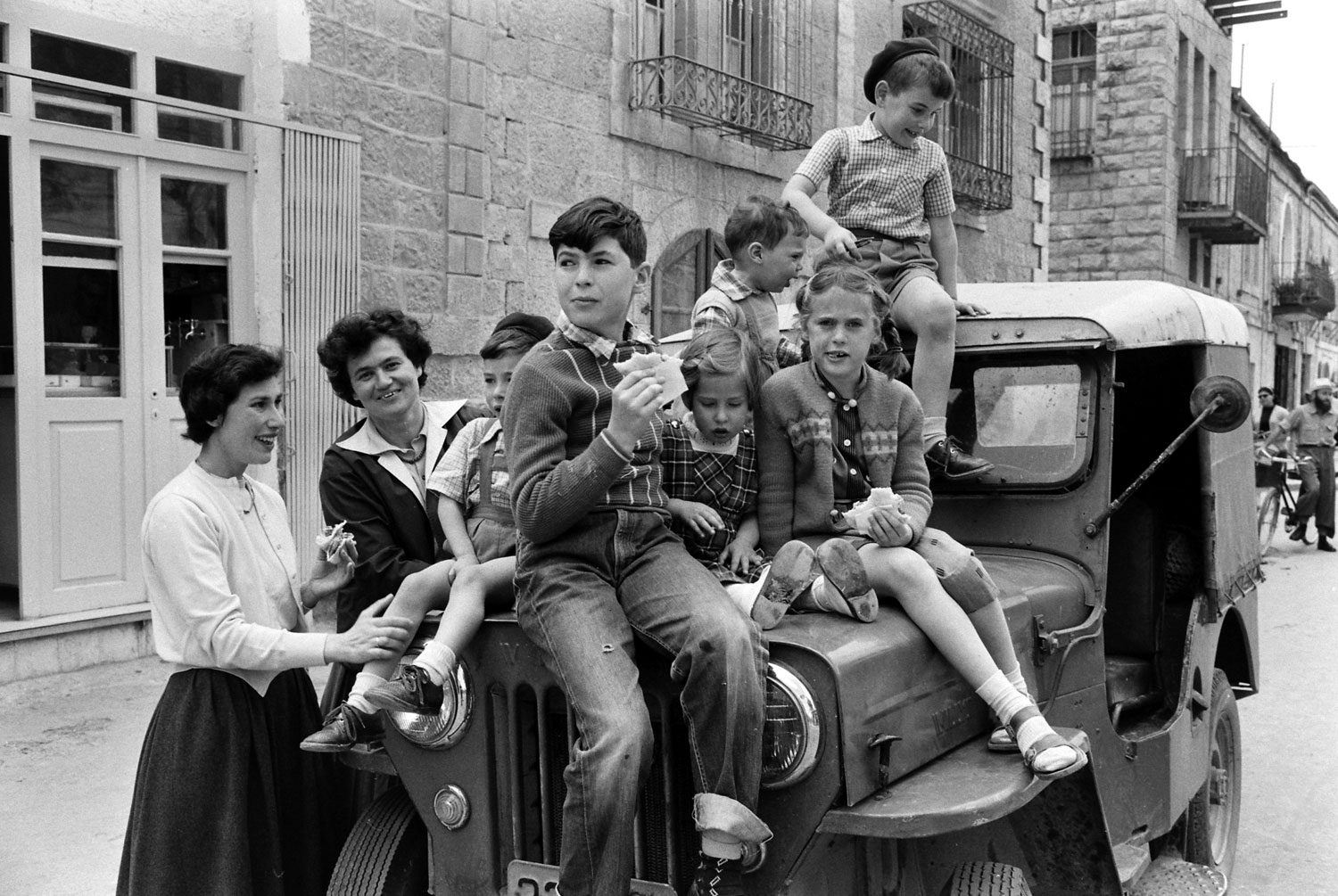
More Must-Reads from TIME
- How Donald Trump Won
- The Best Inventions of 2024
- Why Sleep Is the Key to Living Longer
- Robert Zemeckis Just Wants to Move You
- How to Break 8 Toxic Communication Habits
- Nicola Coughlan Bet on Herself—And Won
- Why Vinegar Is So Good for You
- Meet TIME's Newest Class of Next Generation Leaders
Contact us at letters@time.com